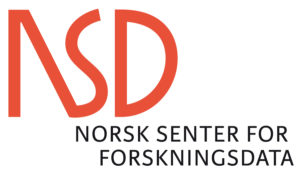Abstract:
The increasing frequency of extreme weather events caused by climate change highlights the urgent need for reliable tools to support flood risk management. Traditional inspection methods for levees, polders, and related hydraulic structures are limited in terms of coverage, cost, and timeliness. In this paper, we propose an original information system that integrates high-resolution satellite imagery with artificial intelligence to enhance the monitoring and safety assessment of flood protection infrastructure. The system architecture combines data from Planet Labs (Dove and SkySat) and Copernicus Sentinel missions with meteorological and IoT sources. Data are automatically acquired and preprocessed before being analyzed using advanced machine learning models, including convolutional neural networks (U-Net, DeepLabV3), recurrent networks (LSTM) for time series, and ensemble classifiers (XGBoost, Random Forest). The models focus on detecting anomalies such as excessive vegetation growth, soil moisture changes, seepage, erosion, and potential structural deformations. Results are integrated into a decision-support module that incorporates expert rules, fuzzy logic, and probabilistic reasoning to generate alerts and risk maps. A presentation layer provides GIS-based visualizations and interactive dashboards for end-users, while the modular microservices architecture ensures scalability and interoperability. The main contribution of this research is the design of a multilayered, AI-driven framework that demonstrates how Earth Observation data can be transformed into actionable knowledge for infrastructure safety management. Although the system is currently at a conceptual or pilot stage, preliminary testing indicates its potential for supporting public authorities, crisis management services, and local communities in flood-prone areas. Future work will address large-scale validation, integration with hydrological and meteorological forecasting, and extension to broader environmental applications such as wetland monitoring and land cover change detection.





